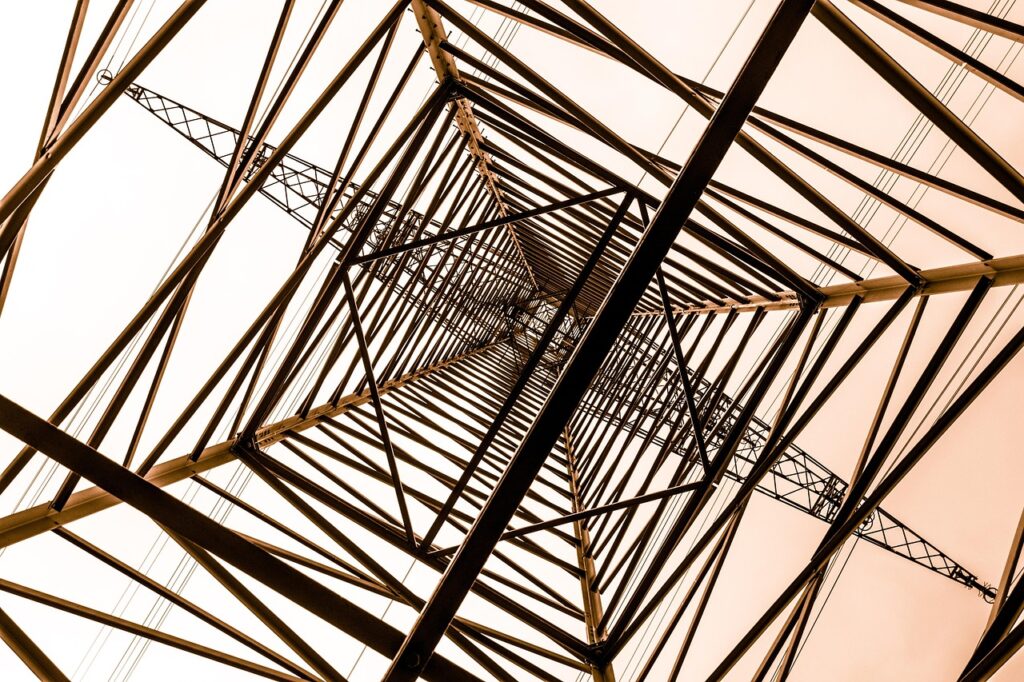Market data indicates that 33% of the world’s electricity will be generated from renewable sources by 2028, drawing parallels to the transformation electric vehicles (EVs) could signal for global energy grids—a system traditionally reliant on fossil fuels. Currently, electric vehicles make up a mere 3% of the global car fleet, yet they represent a pivotal shift in energy decentralization. The challenge? Electricity consumption patterns continue to fluctuate, exacerbated by surging EV adoption.
The European Union, grappling with the geopolitical necessity of reduced fossil fuel dependency, has prioritized electric vehicle integration. However, the rising penetration of EVs poses a two-edged sword. On one hand, it facilitates a reduction in greenhouse emissions; on the other, it threatens the stability of existing power infrastructure. Citing reports, grid demand from EVs is predicted to reach 709 TWh by 2030, prompting concerns over grid resilience.
Case in point is California’s energy strategy, which mirrors European challenges. With substantial EV uptake, California faces imperative grid enhancements to mitigate load pressures, further complicated by simultaneous electrification of heating and cooling systems. Europe and the U.S. both contend with augmenting grid capacity to accommodate EV influx, intensifying debates around energy infrastructure.
Reframing the narrative reveals an intriguing possibility: EVs as mobile energy reserves. Their battery capacity—estimated to climb from 29 TWh today to 186 TWh by 2050—positions vehicles as potential linchpins in grid stabilization, particularly when integrated with renewable energy sources like solar and wind. An advanced facet of this integration is Vehicle-to-Grid (V2G) technology, which facilitates a two-way power exchange, allowing cars to discharge energy back to the grid.
An examination of current V2G capabilities unveils varying levels of adoption among automakers. While the technology is in the nascent stages, models from select manufacturers are beginning to hit the market equipped with V2G features. With projections predicting a growing suite of V2G-compatible models, the competitive landscape of EV manufacturing could shift significantly, driven by this added functionality. The expansion and efficacy of V2G technology, however, remain debated. The optimization of battery life and the economic viability of using EVs as energy arbitrators are scrutinized, demanding refined predictive models to demonstrate tangible benefits in diverse grid scenarios.
To exemplify this concept, a linear programming analysis of a hybrid vehicle’s performance over a year offers charismatic data. The study, devoid of structured charging habits, illustrates how ostensibly chaotic usage can still contribute meaningfully to power redistribution back into infrastructure—thus affirming the theory that random, non-optimized charging routines can stabilize localized grids at scale.
Deciphering the potential of V2G systems extends into policy and strategy development. As battery technologies evolve, so too does the landscape for secondary markets, particularly in the repurposing of degraded batteries for stationary energy storage. Yet, the pathway to widescale V2G adoption is fraught with engineering challenges, regulatory hurdles, and market acceptance obstacles.
In forecasting trends, the synergy between fleet-level EV deployment and urban energy strategies could redefine how cities manage decentralized energy sources. The implications are wide-ranging, from influencing urban planning to shaping sustainable transport policy.
The transition towards integrating EVs into energy communities via V2G is no panacea. It requires meticulous coordination across technological, institutional, and economic dimensions to create substantive impact. The energy community’s evolution hinges on adaptive strategies that meld policy innovation with technological advancement, ensuring that vehicle-to-grid systems are not only theoretically viable but practically indispensable.





